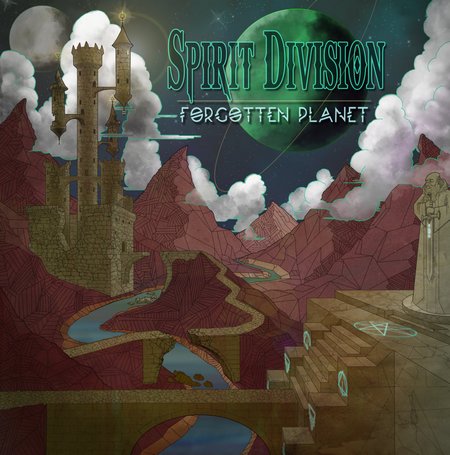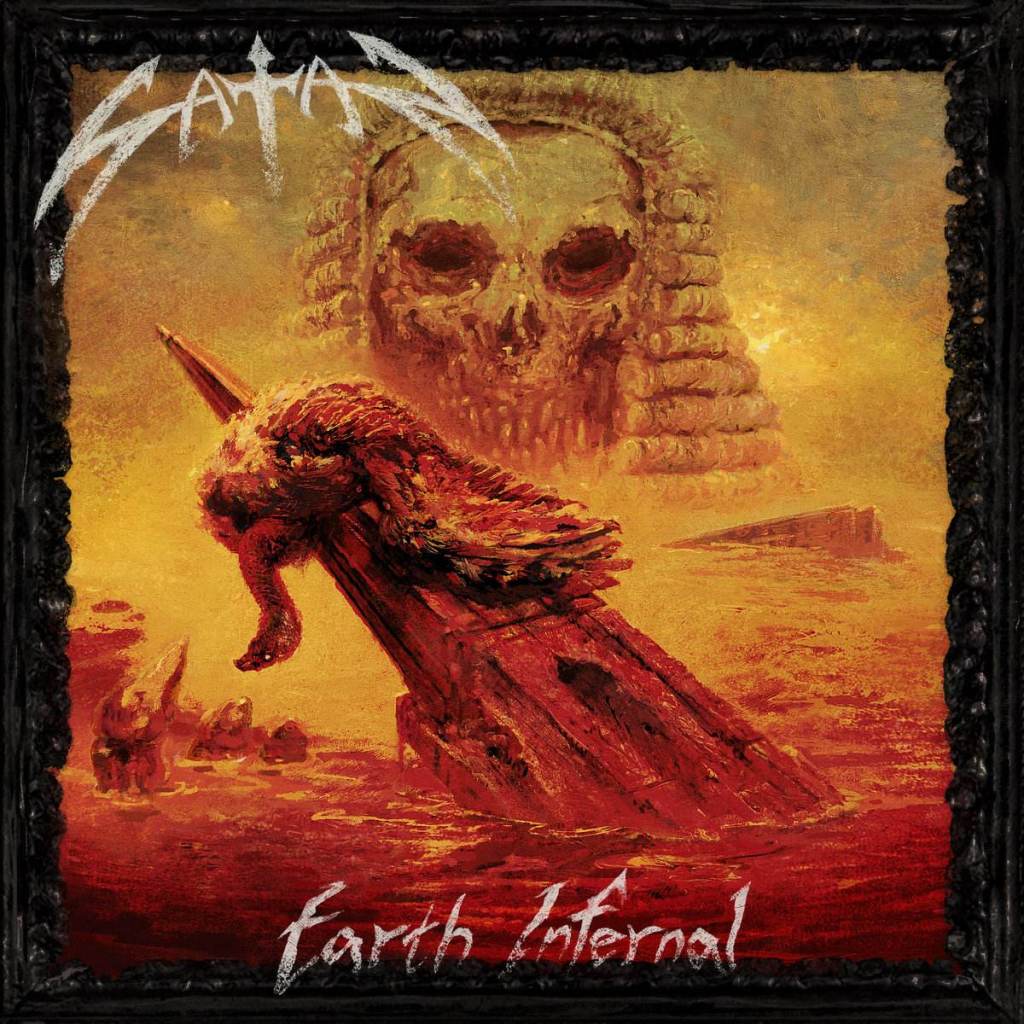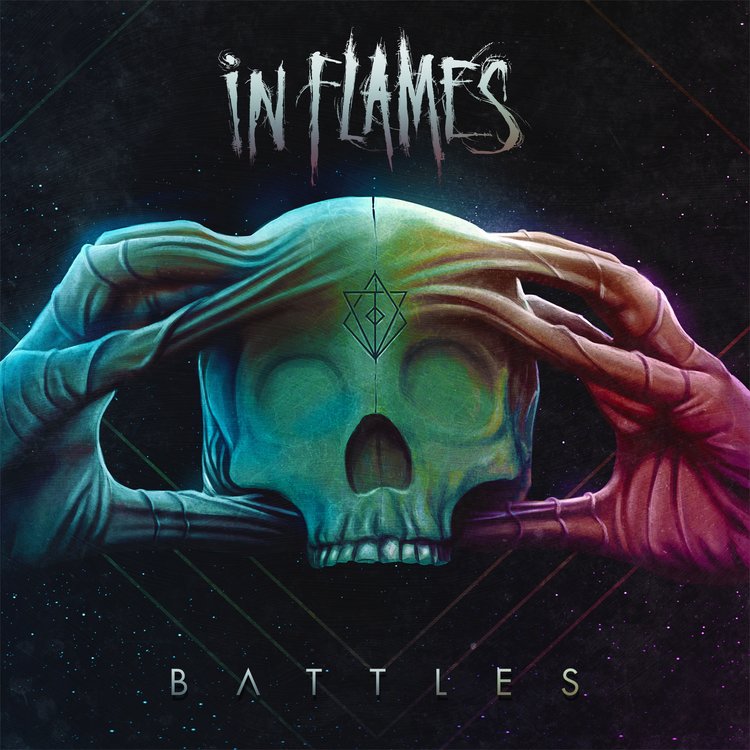I must confess: I have never been a huge Motorhead fan. No, it is not due to any issue I had with the band or their music; while I have always appreciated their craft and importance in the grand scheme of all things heavy metal, my gateway to the genre remained firmly with the artists from the next wave of style – Iron Maiden, Metallica, and the like. Motorhead has always existed on the periphery of my musical interests – loud, willfully rude and gleefully obnoxious, yet oddly charming for the few times I gave them a listen (though neither “Ace of Spades” nor “Bomber” replaced “Master of Puppets” or “Powerslave” in my regular rotation through the teenage years).
With that said, it is very easy to overlook the substance behind the hard-drinking, hard-living bombast making up Motorhead’s stage image. I had a chance to see the band play live some time in mid-aughts, and though Lemmy and crew had by then settled in a comfortable, blues-tinged heavy rock style that pleased the diehards, they remained a potent act on stage and in the studio, producing a number of quality releases well into the present decade, when any pretense of commercial success from releasing new music gave up the ghost in the changing industry. While “Lemmy IS God” catchphrase has become a running joke thanks to “Airheads” (the movie that epitomized many of the hard rock/heavy metal clichés of the 1980s), there is no denying that the late, beloved frontman was one of the most widely recognized faces of an era, a spokesperson for everything that was loud, proud, and rebellious about the genre.
Perhaps some of my younger readers may not find it easy to relate, but for those of us whose teenage years encompassed the 1990s, this is another sad milestone in an era of popular culture. As heavy metal gained global prominence, it did so on the strength of larger-than-life personalities who embodied certain aspects of the genre, culminating in its modern image as the music of rebellion, individuality, and nonconformity to society’s often repressive aspects. From the leather-and-chains image popularized by Judas Priest to affinity for tales of both fantasy, horror, history, or darker, more violent aspects of psyche and mythology, the genre grew into public consciousness thanks to these metal gods who quickly became household names even outside of their fan bases.
I was fortunate enough to see many of these artists perform live while still in their prime or reasonably close to it, however, nothing lasts forever. Reading the metal-related news content is often a depressing exercise in seeing these erstwhile heroes leave us, sometimes as a consequence of lives lived with a careless abandon, but more often due to advanced age and health complications that often accompany it. While Lemmy Kilmister is the latest old-school rock star to leave us, he is not the last, and it is not infeasible that in the next ten years, many of the elder statesmen of metal and hard rock will no longer be making music.
It is an end of an era, because just as the old guard’s heyday passed into the glorious history of heavy metal, the very nature of the industry and of the music scene changed.
At the tail end of 2015, it is probably safe to say that the days of the great rock stars are numbered. With the ever-falling album sales falling beneath sustenance level for even the kinds of artists that would have been considered mid-level in the past, new music becomes more often than not an exercise to get on the road and to sell collectible merchandise. The record labels that once pushed the artists and helped to get them into the hearts and minds of the public are no longer making the kind of profits they were once used to, and as a consequence, are less willing or likely to support anything but a “sure thing” with a preexisting market and as broad a mass appeal as possible. While I can spend hours giving my thoughts on the nature and the reason behind music industry changes, this is neither the time nor the place for it.
It is also safe to say that the metal scene has seen a degree of fragmentation. A big part of appeal of larger-than-life characters like Lemmy, Ozzy Osbourne, Ronny James Dio, Rob Halford, Lars Ulrich, Dave Mustaine, and the like is that love them or hate them, everyone has an opinion of them. They are instantly recognizable; they have their own personality traits and opinions that endear them to the fans or cause heated arguments; they are the subject of adoration whose music often takes personal meaning to people from wide range of backgrounds all over the world. As technology and declining conventional music sales make music easier to produce locally, and overall less profitable (so that fewer big-name artists can emerge), the number of channels where one can get their music increases.
In my opinion, this leads to existence of innumerable local scenes separated by genre, location, or even personal relationships (where a scene can form around social media such as a forum or a Facebook group, even if the participants are not in physical proximity). While this does make it easier to find like-minded musicians and fans, it also has an effect of lessening the impact of “wide appeal” artists – as the metal music becomes more complex and continues to diversify and specialize, there are far fewer artists who can elicit the same excitement from the fans of melodic hard rock as they could from the followers of the more extreme forms of metal, the prog listeners who like their music on the heavier side, or adherents of metallic hardcore. As a result, while the 1970s, 1980s, and even early 1990s brought us a number of widely known, charismatic personalities in heavy metal and associated genres, there has been a large dearth of such genre heroes since.
Do not get me wrong. I am not saying that there has been no great music in the past twenty years – far from it. What I AM, however, saying, is that we are seeing the last of the charismatic personalities that once embodied heavy metal for the public at large.
I am looking at the “elder statesmen” of metal, and am noticing a disturbing trend. While metal has no shortage of flamboyant and outspoken characters, the scene fragmentation led to many of such characters remaining big names in their respective sub-genres… and nowhere else. I do not mean to take away from the people like Jon Schaffer, Abbath, Timo Tolkki, or Tomas Lindberg (all great musicians in their own right), but none of them are at the general level of renown that can be compared to the likes of Ozzy Osbourne, Bruce Dickinson, or Ronny James Dio. In fact, the closest thing I see to a metal-associated “rock star” to emerge since 1990 or so is Phil Anselmo (ex-Pantera), and even he is pushing fifty and probably in the last third of his musical career (one can debate whether or not Trent Reznor should be included here as well; I think he deserves an honorable mention due to being in a related genre).
The one thing in common between most of the older rock stars who made metal an unforgivable showcase of glorious flamboyance is that they were firmly entrenched in their positions by mid-career, when they overcame the potential for fading away as one-hit-wonders and proved their lasting power. Looking at the newer artists, I am struggling to find any who might be in the same place in terms of popular acclaim, and who might be as universally beloved and appreciated as Lemmy or Dio are now. Yes, there are some memorable personalities, but would anyone outside of specific genres know them? Would musicians and fans of all the diverse corners of metal appreciate and revere them, now or in ten, twenty years?
And this brings me back to Lemmy, the man who seemingly embodied everything a rocker was supposed to be, both in terms of image and lifestyle. He represented one aspect of the rock’n’roll fantasy for many of us, and even those of us who were not necessarily Motorhead fans could respect his place in the genre history, the influence of his works on other artists, and the fact that Lemmy and Motorhead continued to make quality music in spite of declining commercial viability until the very end.
We live in the waning age of the rock star; while there will always be smaller-scale celebrities in various subgenres of heavy metal, the true giants of the genre are not long for this world. In the next five to ten years, more of the beloved artists will probably call it a day. Who will come to replace them? Will there be anyone to carry the torch of metal as a whole, or will the genre continue to fracture into thousands of disparate scenes and fandoms, no longer united in purpose and mutual recognition, but becoming something quite hard to define and genuinely amorphous?
And therefore, I raise a toast for Lemmy, for Dio, for Jeff Hanneman, Clive Burr, Layne Staley, and many others no longer with us. I raise a toast for the greatest age of rock and metal music, when giants of hedonistic excess and undisputed attitude walked amongst us, and gave us all a peek at the fantasy that once was heavy metal. I raise a toast to all of us who were there, who got to see the ministry of the music and who witnessed the glory that once was while it was still with us – for those of us who remember.





